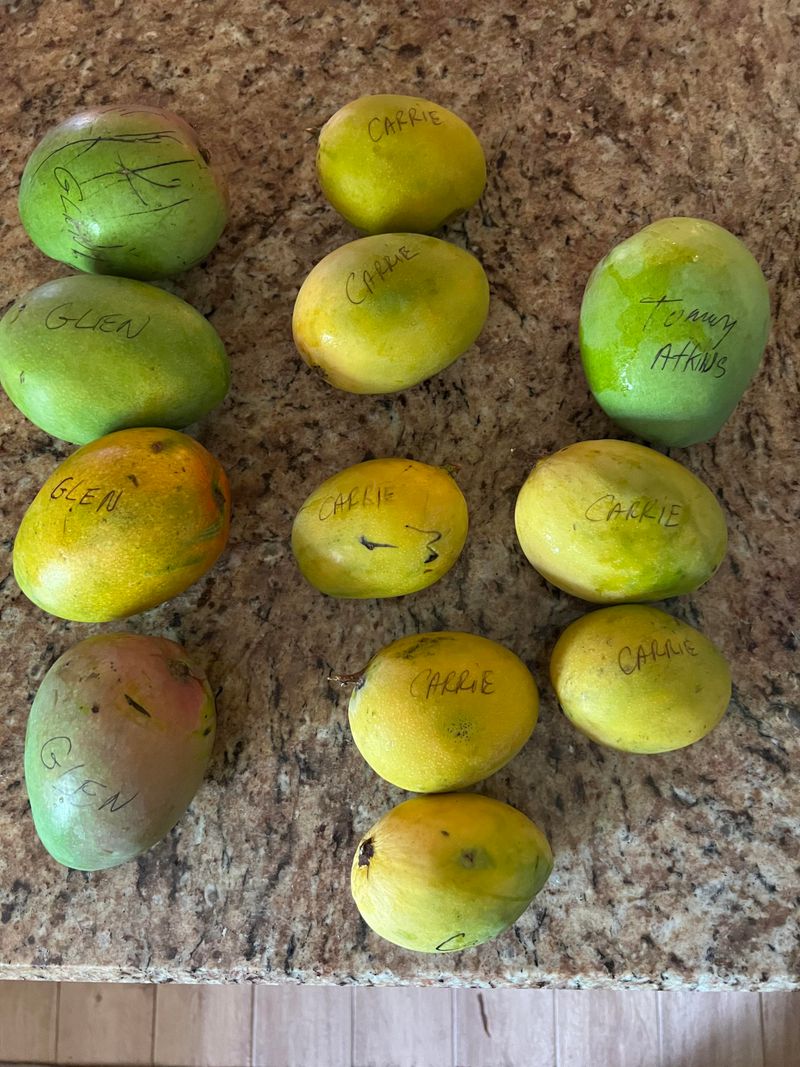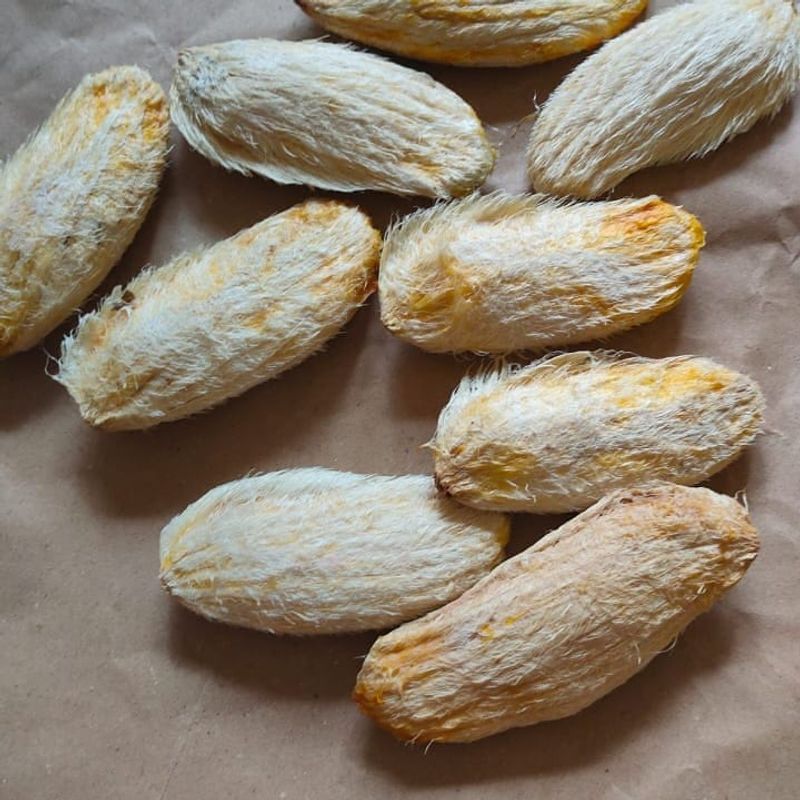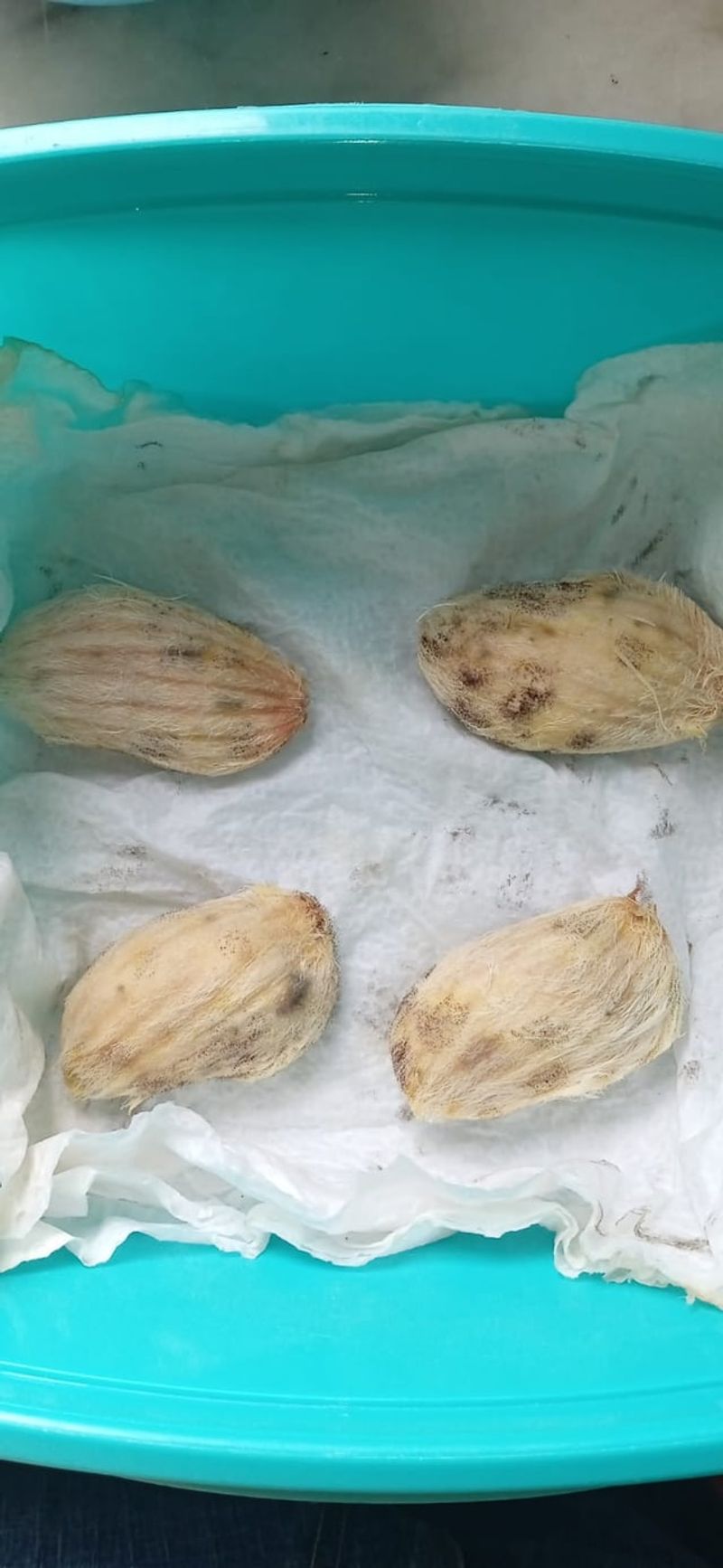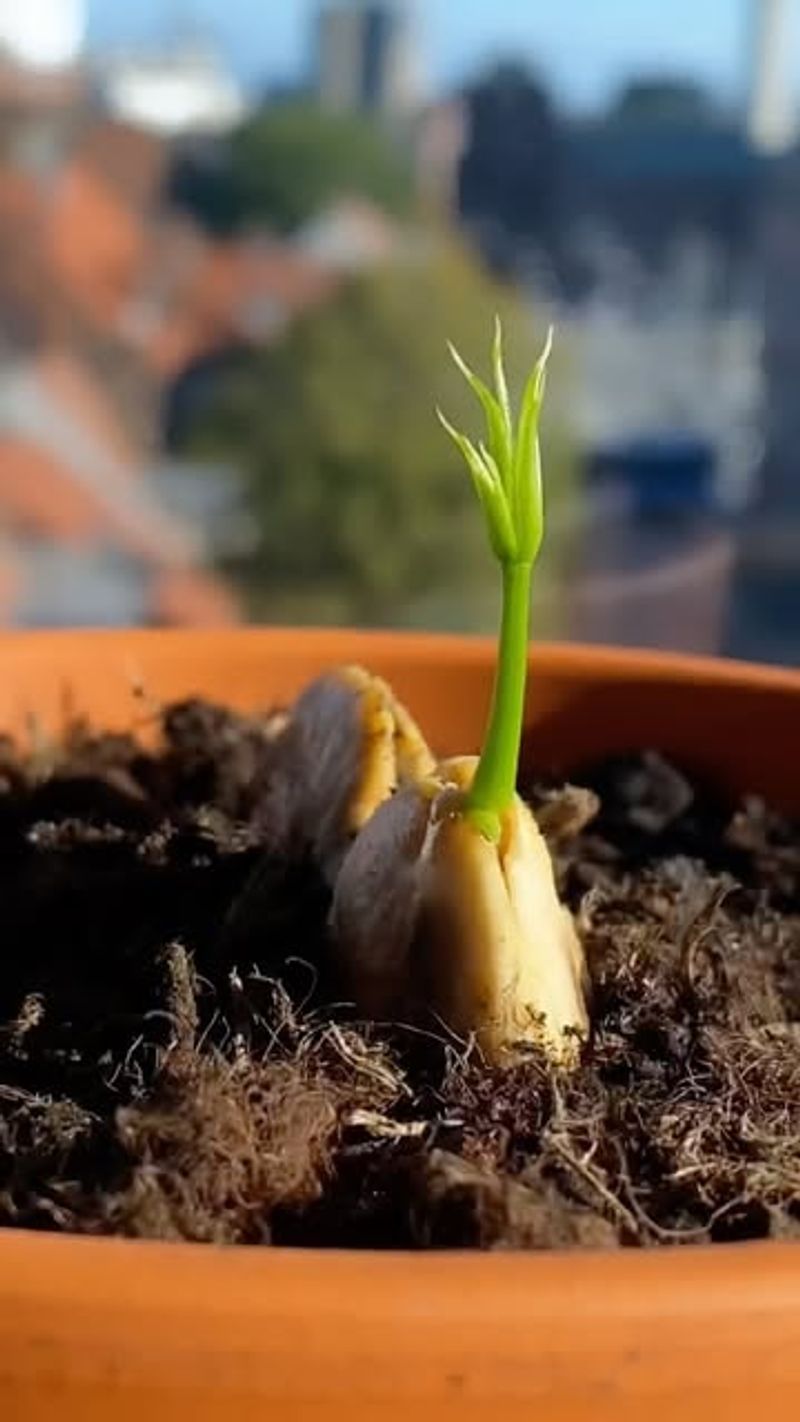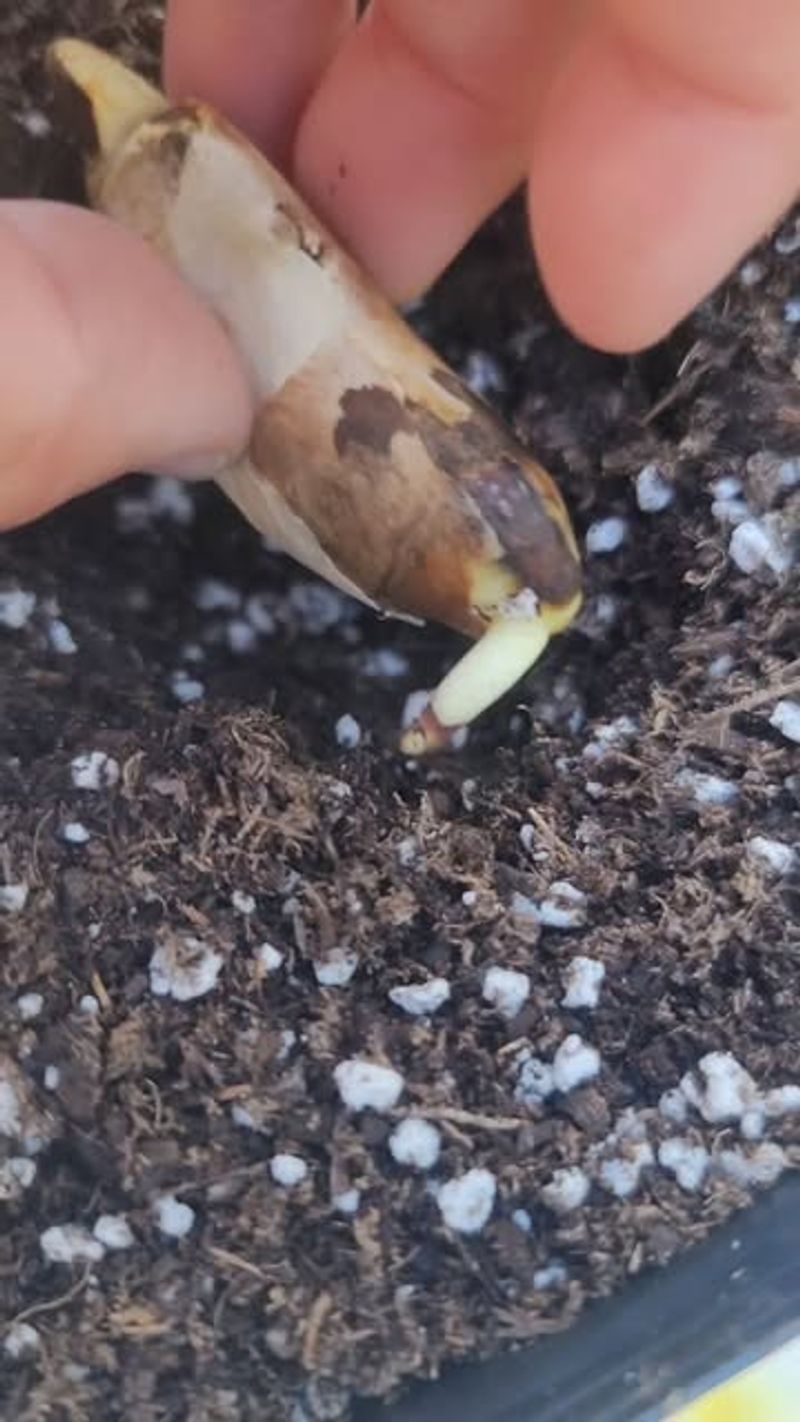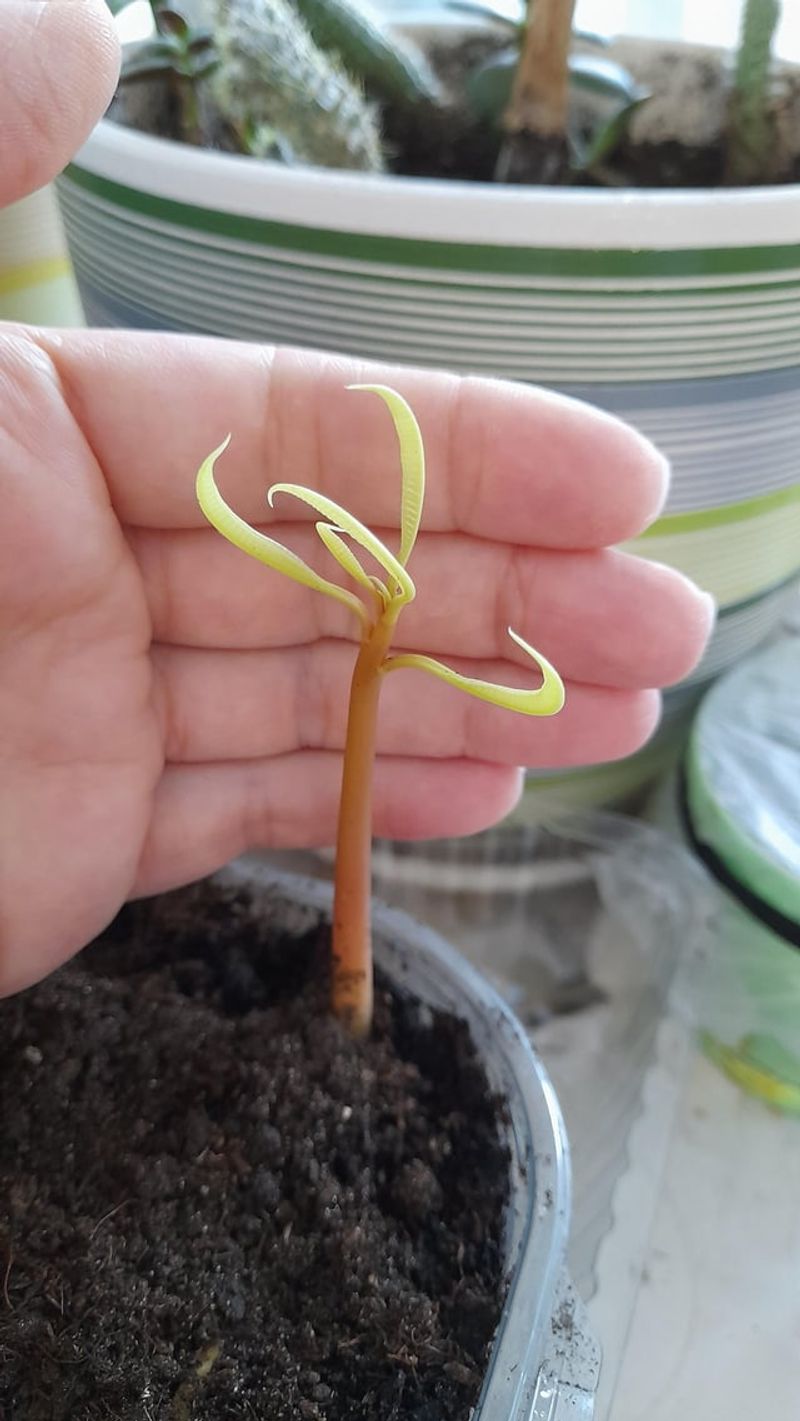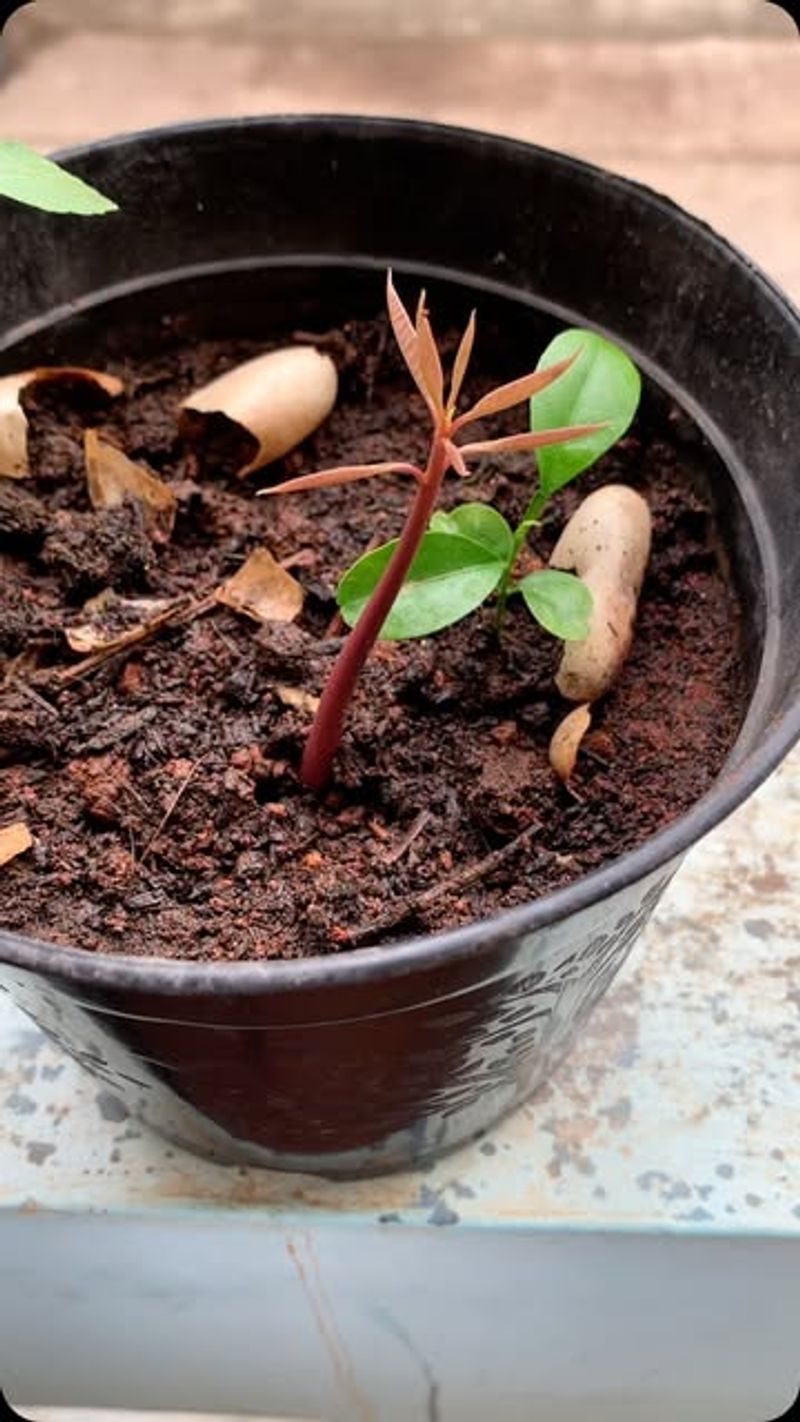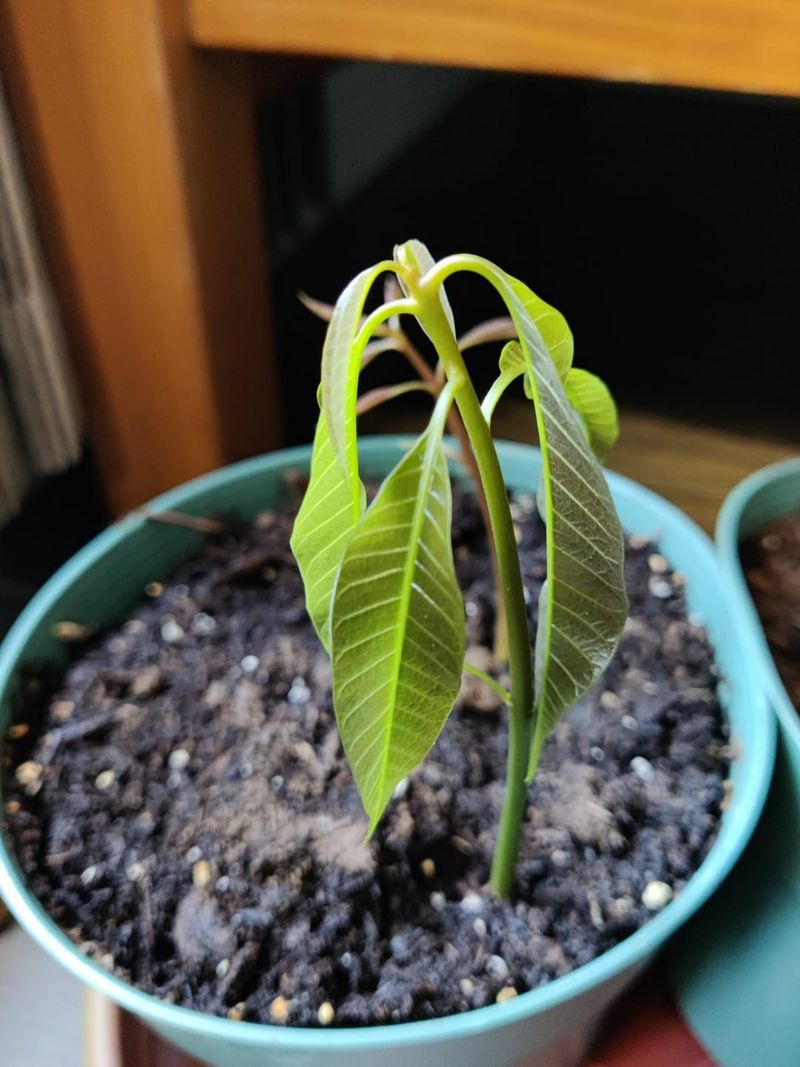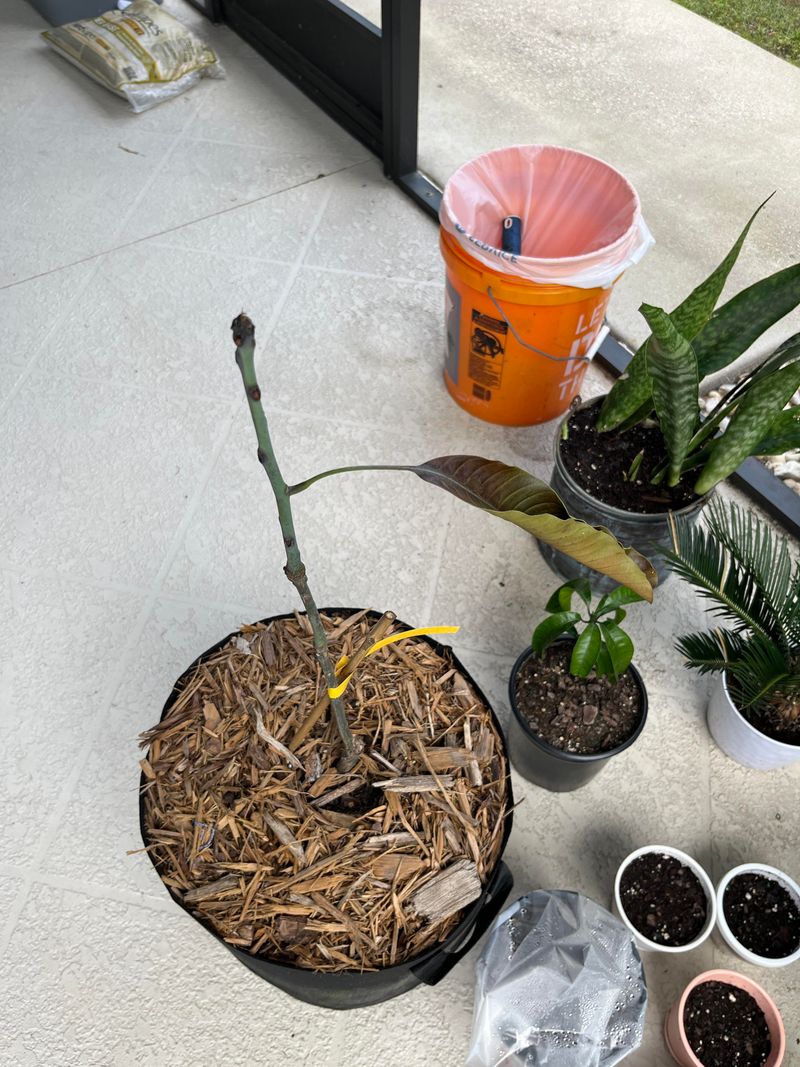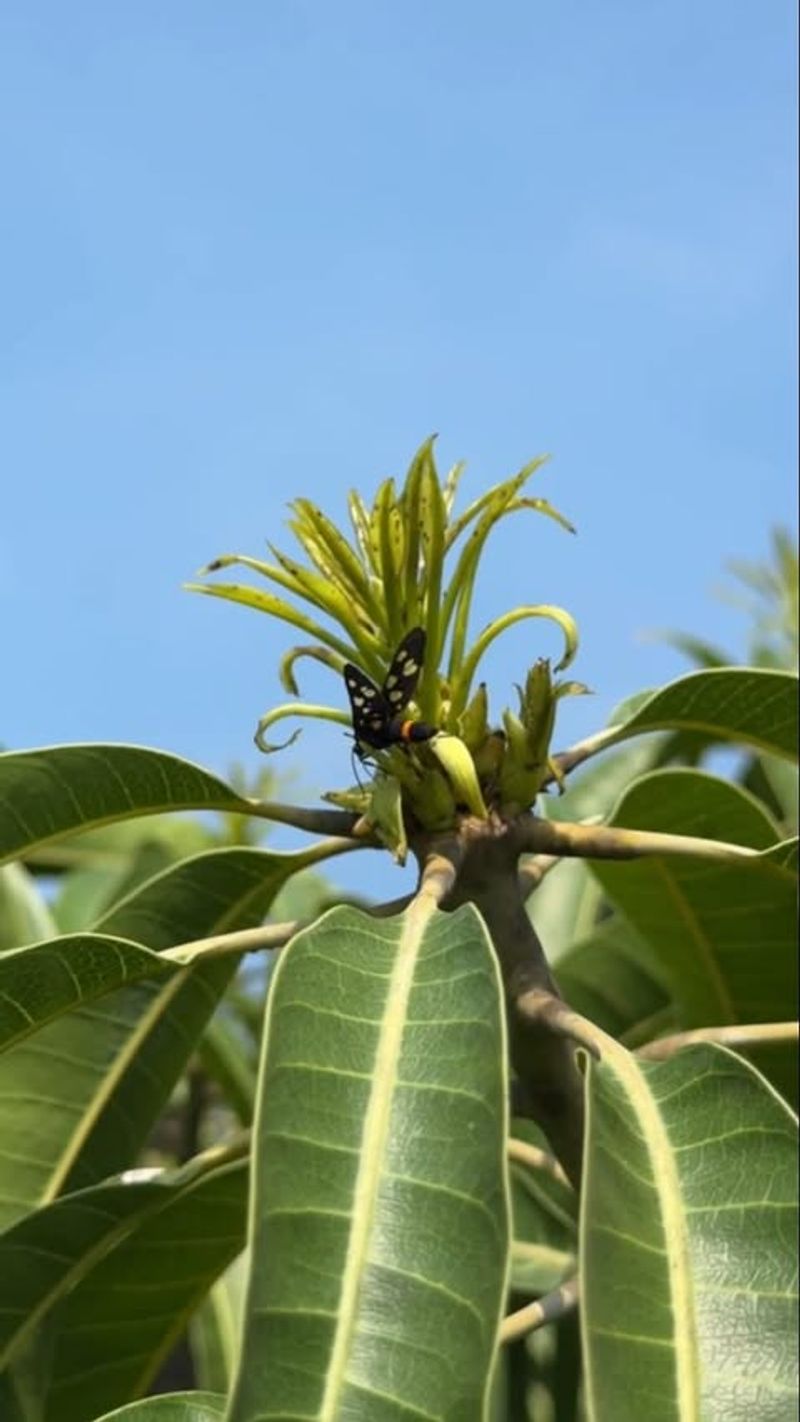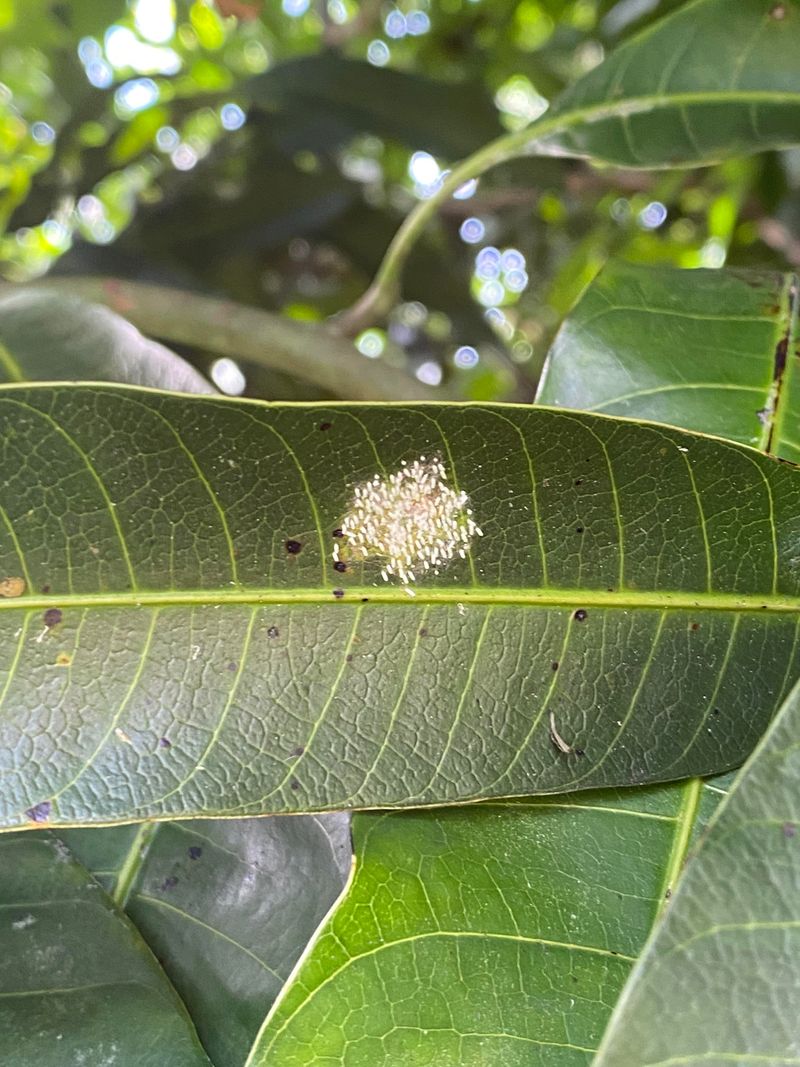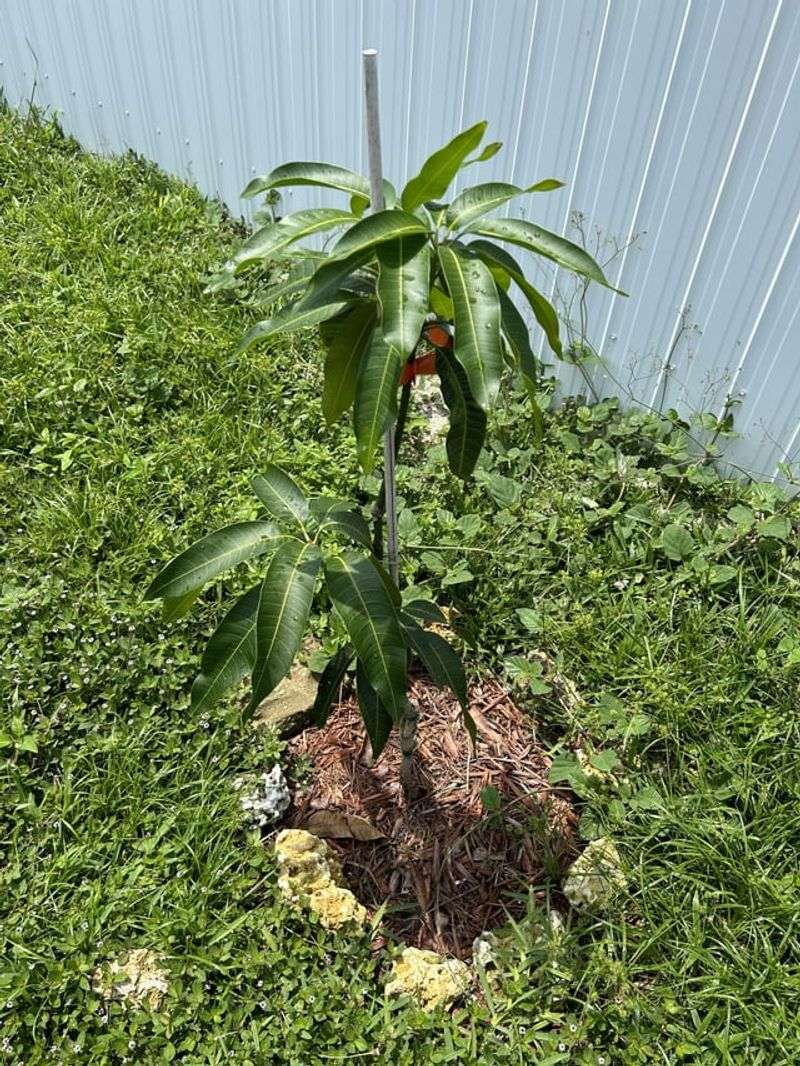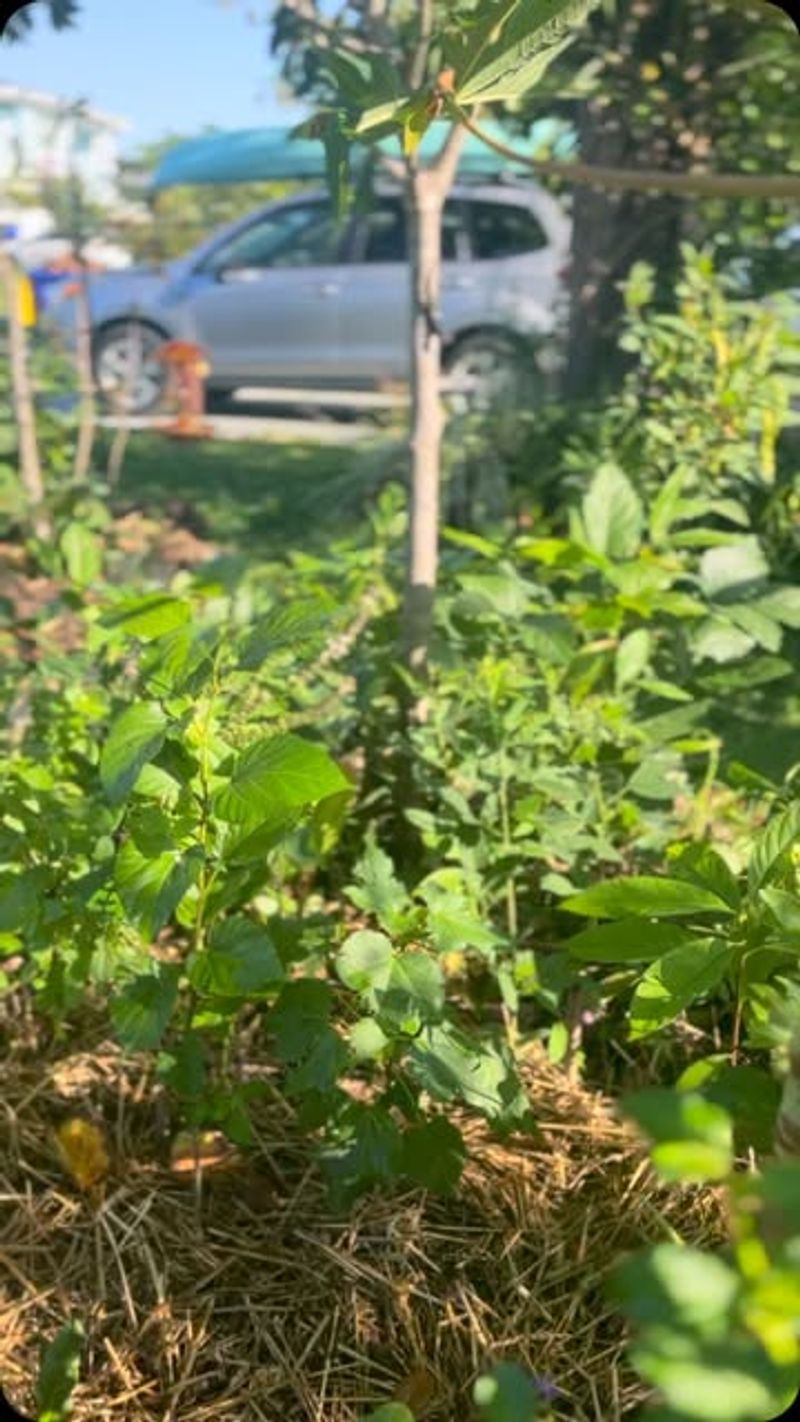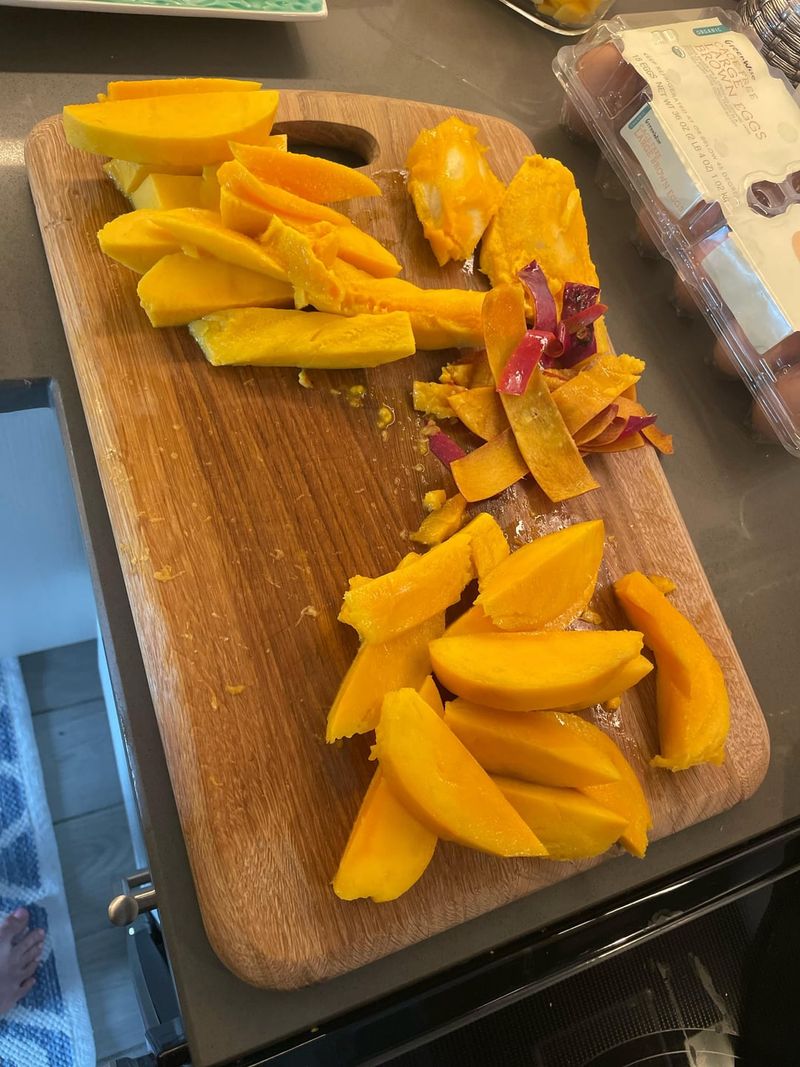Ever dreamed of growing your own mango tree from scratch? It’s easier—and more rewarding—than you might think. Whether you’re a seasoned gardener or a total beginner, starting a mango tree from seed can be a fun, hands-on way to bring a little tropical magic into your backyard. In this guide, we’ll walk you through some essential tips to help you grow a healthy mango tree, from planting the seed to (eventually!) harvesting those sweet, sun-ripened fruits.
1. Choose the Right Mango
Before anything else, pick a mango that’s bursting with flavor. Not all mangoes are created equal, and some seeds produce better trees than others.
Look for varieties known for their robust growth and delicious fruit. Ever heard of the Alphonso or the Haden? These are popular for good reason! Your choice will influence the future of your tree, so select wisely.
While at the market, let your taste buds decide; if the mango is sweet and juicy, that’s a promising start.
2. Extracting the Seed
Once you’ve devoured the delectable fruit, it’s time to get to the heart of the matter—the seed. Make sure to clean it thoroughly, removing all the flesh. This might require some gentle scrubbing.
There’s magic hidden within that husk! Open the seed carefully, as if unveiling a secret, without damaging the embryo inside. This step is crucial to give your future tree a head start. With patience, you’ll find a healthy seed ready to sprout.
3. Proper Seed Treatment
Treating your seed with care is akin to wrapping a gift. Soak it overnight in lukewarm water to awaken its potential.
This softening process also helps in breaking dormancy. After its bath, allow the seed to dry out slightly for a day or two. Place it on a sunny windowsill and watch as it eagerly awaits its new life.
This simple yet effective treatment prepares the seed for germination, setting the stage for healthy growth.
4. Selecting the Right Soil
Picture this: rich, loamy soil between your fingers. The right soil mix is pivotal for your mango seed’s success.
Mango trees love well-draining, fertile soil with a slight sandy texture. Think of it as creating a comfortable home for the roots to stretch and breathe. Add some organic matter or compost to enrich the soil.
This thoughtful preparation ensures nutrients are readily available for your seed’s growth journey.
5. Planting the Seed
Planting a mango seed is like planting a dream. Create a small hole in the soil and place your seed with the flat side down. Cover it with a light layer of soil.
Remember to leave the hump slightly exposed; it’s the seed’s little way of saying hello to the world. Water it gently, ensuring not to wash away the soil. A cozy, warm spot with indirect sunlight will work wonders at this stage.
6. Optimal Watering Techniques
Watering is much more than just a routine; it’s an art. Too much water can drown the seed, and too little will leave it parched. It’s all about balance. Keep the soil moist but not soggy.
Feel the topsoil with your fingers—if it starts to dry, it’s time for a gentle shower. This careful attention ensures the seed gets just the right amount of hydration to thrive.
7. Sunlight Requirements
Imagine your mango seed reaching for the sun, its leaves stretching out like arms. Sunlight is its best friend, offering warmth and energy. Place your seedling in a spot that receives plenty of indirect sunlight.
Direct sunlight can be too harsh initially; think of it like easing into a warm bath. As it grows stronger, it can handle more direct sun, just like a child learning to walk further each day.
8. Temperature and Humidity
Temperature and humidity are vital actors in your mango tree’s story. They thrive in warm, humid environments. Aim for a temperature range of 70-85°F. If it feels balmy to you, it’s likely perfect for your seedling.
Humidity, like a gentle hug, keeps the seed comfortable. Consider using a humidity tray or lightly misting the seedling if the air feels too dry. These conditions mimic its natural tropical habitat.
9. Choosing the Right Container
Think of the container as your seed’s temporary home. A medium-sized pot with good drainage holes is ideal for early stages. As your mango seedling grows, it will need more space to spread its roots. Opt for a container that matches its growth phase.
You might even start with biodegradable pots to make transplantation smooth. This choice sets the foundation for robust root development, crucial for a healthy tree.
10. Fertilizing for Growth
Fertilizer is like a balanced diet for your mango seedling. Apply a well-rounded, organic fertilizer every couple of months.
This isn’t about making the soil overly rich, but providing gentle nourishment. Imagine serving just the right meal to fuel its growth.
Avoid chemical fertilizers that can overwhelm the young plant. Instead, think slow and steady, ensuring a steady supply of nutrients for thriving development.
11. Understanding Growth Stages
Growth stages are a fascinating journey from seedling to majestic tree. Each phase has distinct needs. Initially, you’ll notice tiny leaves peeking out, then strong stems, and eventually flowering—nature’s choreography at its best.
Understanding these stages helps you tailor care effectively. Like knowing when to step in and when to step back, patience is key here. Watch and learn from each stage of development.
12. Handling Pests and Diseases
Pests and diseases are the uninvited guests in your mango tree’s life. Keep an eye out for aphids, scale, and mildew. Regularly inspect leaves and stems for signs of trouble.
It’s like having a doctor on call for your tree. Use natural remedies or beneficial insects to keep these nuisances at bay.
Prevention is better than cure, and early detection is your best defense against these common challenges.
13. Pruning for Health
Pruning is an art that shapes your mango tree’s future. Think of it as a haircut, encouraging growth and removing damaged branches. It promotes air circulation and light penetration, crucial for a healthy tree.
Start when the tree is young, focusing on shaping its structure. Regular trims ensure it grows strong and balanced, ready to support the weight of delicious fruits in the future.
14. Transplanting Outdoors
When your seedling outgrows its pot, it’s time for the big move outdoors. Choose a sunny spot with ample space for its roots to explore.
This transition is a significant step, much like moving to a new home. Prepare the soil and dig a hole twice the size of the root ball. Handle the seedling gently, ensuring minimal root disturbance.
This careful transplant sets the stage for vigorous growth in its new environment.
15. Companion Planting Techniques
Companion planting is nature’s way of fostering friendships. Pair your mango tree with plants like marigolds or lemongrass, which deter pests and enhance soil health.
It’s like having helpful neighbors that enrich the community. These companions provide benefits beyond aesthetics, creating a thriving ecosystem in your garden.
Thoughtful selection of planting partners boosts your tree’s resilience and productivity.
16. Seasonal Care Adjustments
Each season brings unique challenges and opportunities for your mango tree. Spring invites growth spurts, while summer calls for extra watering. Fall may need some pruning, and winter, a protective mulch layer.
Seasonal care adjustments ensure your tree stays healthy year-round. Embrace the natural rhythm and adapt your care routine accordingly. This dynamic approach ensures your tree thrives through every cycle.
17. Harvesting Your Mangoes
Harvesting is a celebration of patience and care. As mangoes ripen, they start to emit a sweet aroma, hinting it’s time to pick. Handle them gently, as they’re delicate and bruise easily.
This moment is the culmination of your efforts, a basket full of sunshine and sweetness. Enjoy the fruits of your labor, knowing each bite carries the essence of your nurturing touch.
From seed to fruit, it’s a journey well worth the wait.
18. Preserving Mangoes
Once harvested, preserving mangoes extends their joy. Consider canning, drying, or freezing to savor their flavor long after the season ends. It’s like capturing summer in a jar. Each method has its charm, ensuring you enjoy mangoes in various forms.
Whether it’s mango chutney or sweet dried slices, preservation is your ticket to year-round enjoyment. Explore and experiment with different techniques to find your favorite.


